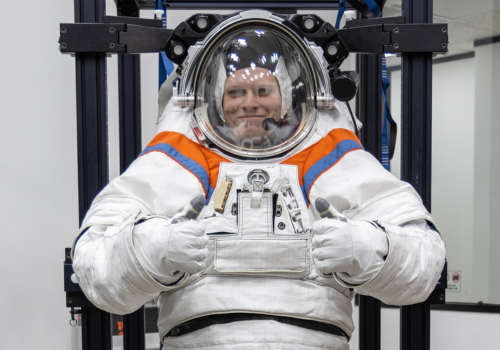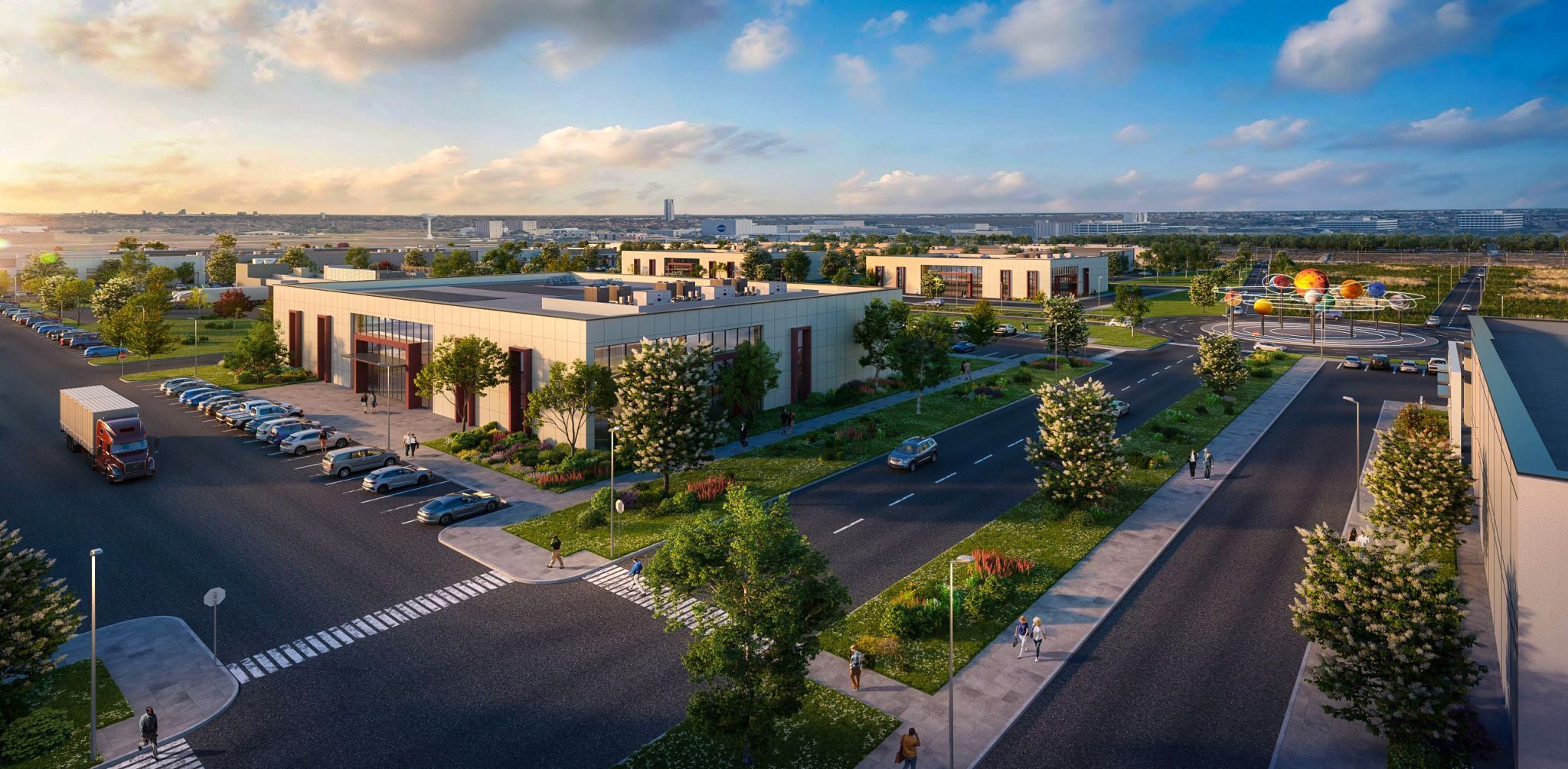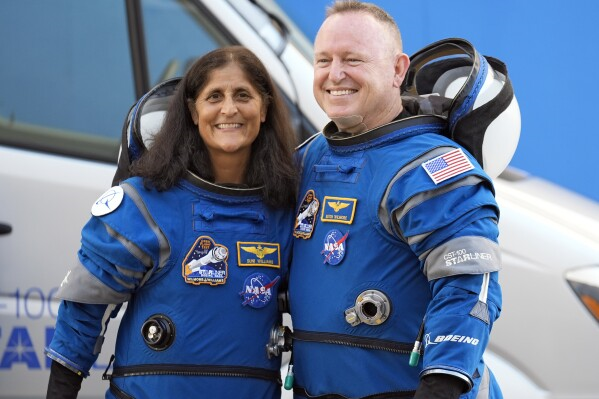Axiom Space, Nokia Join Forces to Boost Cellular Network Capabilities in NASA's Lunar Spacesuits
Published Aug 23, 2024 by Hailea Schultz
Houston-based Axiom Space and multinational tech innovator Nokia have formed a strategic partnership to enhance the next-generation spacesuits for NASA’s upcoming Artemis III lunar mission.
The collaboration aims to incorporate Nokia’s advanced 4G/LTE communication technology into the Axiom Extravehicular Mobility Unit (AxEMU), which NASA selected Axiom Space to design in 2022. This upgrade will allow crew members to capture real-time, high-definition video, exchange critical information and communicate with mission controllers on Earth while exploring the Moon.
Developed by the renowned Nokia Bell Labs, Nokia’s cutting-edge technology, known as the Lunar Surface Communications System (LSCS), emerged from its selection by NASA under the Tipping Point initiative, which supports the development of space technologies to enhance future missions. The LSCS comprises two key components: a network-in-a-box, which consolidates the radio, base station and core network elements of a terrestrial cellular network into a single unit, and device modules that will be integrated into the AxEMU spacesuits.
The LSCS will be initially deployed during Houston aerospace company Intuitive Machines' IM-2 mission, scheduled to launch later this year, establishing the first-ever cellular network on the Moon. This mission will test the technology to refine its adaptation for the AxEMU spacesuits and highlight the crucial role of cellular connectivity on the Moon and Mars.
“Just as astronauts will need life support, shelter and food, they will need advanced networks to communicate with each other and go about their crucial work,” said Thierry E. Klein, President of Bell Labs Solutions Research at Nokia, in a statement. “Bell Labs has a long history of working on space projects, and Nokia is a leader in designing and building networks that connect the world. We are taking advantage of the same standards-based technologies that connect billions of devices on Earth every day, while bringing new innovation and technologies to bear on the specific challenges encountered in space."
This announcement aligns with NASA’s increasing investments in Houston companies and institutions as the region solidifies its position as a major player in the global space economy. NASA recently signed a Space Act Agreement with bp to leverage digital technologies and expertise to advance both energy production and space exploration. Earlier this year, the space agency also awarded the University of Houston $5 million to establish an aerospace engineering research center, focused on bolstering its human space exploration efforts on the Moon and Mars.
These partnerships are set to expand further through the NASA Johnson Space Center’s new aerospace innovation hub, Exploration Park. “I think you can plan for an increased number of partnerships going forward. I anticipate that partnerships will continue to become a bigger part of Johnson Space Center strategy,” Nick Skytland, chief technologist at JSC, told the Houston Business Journal. “We recognize that this is truly humanity's collaboration to advance human space exploration. So, we want to see more people be part of that.”
Learn more about Houston’s aerospace industry.
 The Houston Report
The Houston Report




















